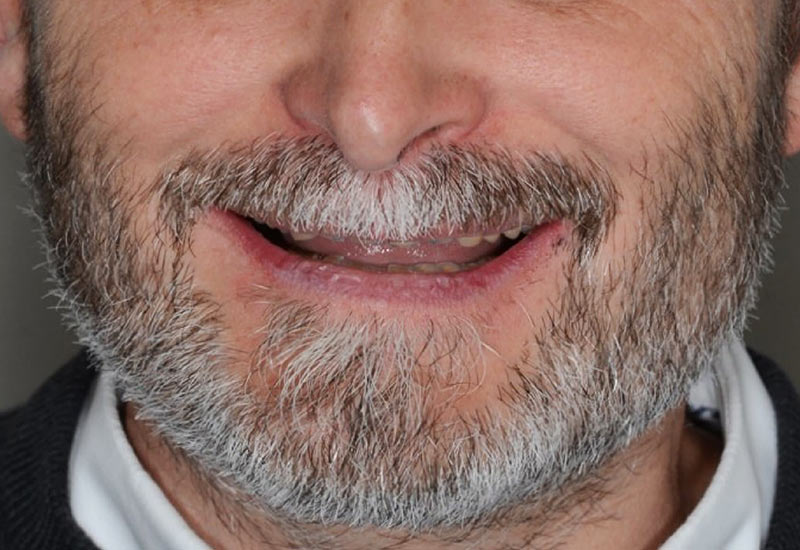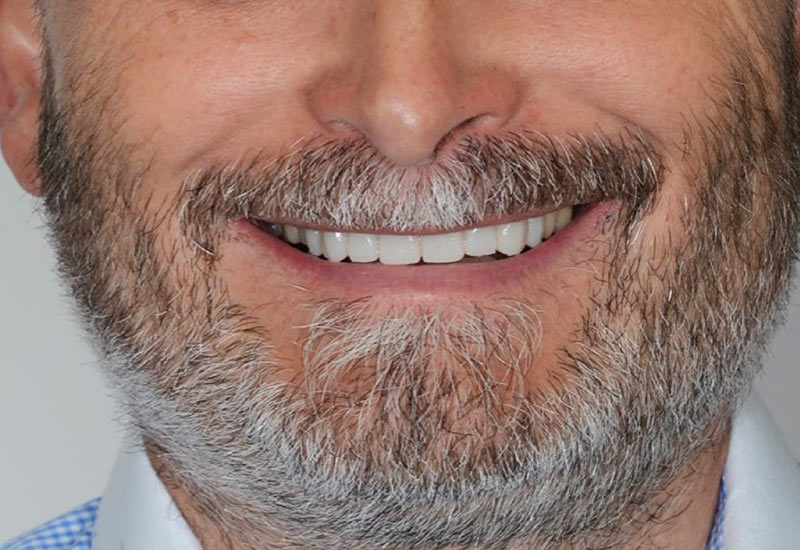Characterized by repeated rubbing of the jaws, bruxism results in tooth wear and abrasion of the occlusal surfaces of the teeth, dedicated to mastication. In the long term, this phenomenon causes both aesthetic and functional problems. Worn enamel means potential gaps where bacteria or acids can attack teeth despite brushing. Worn front teeth and poorly assimilated food are also detrimental to comfort. Pronounced tooth wear requires treatment. But to stoptooth erosion caused by bruxism, you need to be able to identify the phenomenon! For people affected by teeth grinding, this usually occurs at night, making it more difficult to identify the problem. In case of doubt, discomfort or the sensation of clenched teeth, a visit to the dentist is recommended. A specialist will be able to identify the causes of bruxism and suggest an appropriate treatment. There are a variety of ways to deal with clenched teeth. One of the most common is a mouthpiece, which can be worn during the day or at night to protect the surface of the teeth. To treat teeth that are already well worn, the dental surgeon can apply veneers, which restore the tooth’s regular appearance and beautiful color. The nature of bruxism treatment depends on each patient’s profile, and should be determined by an experienced dental surgeon.





